3 ARTICLES ON THE TOPIC OF PAIN
These articles can be used in conjunction with the chapters on the nervous system as well those covering sensation and perception. Additionally, the last article in this series by Jane Brody can be used in conjunction with topics of health and Positive Psychology.
ARTICLE #1
TITLE
Understanding pain
DESCRIPTION
This is an excellent starting place for students to understand pain. It covers issues in the nervous system and brain, transmission, different types of pain, and factors affecting perception of pain. It is well written and easy to understand.
SOURCE
Mayo Clinic, July 26, 2016
LINK TO RESOURCE
http://www.mayoclinic.org/understanding-pain/art-20208632
(Tiny URL) http://tinyurl.com/ya4yz3du
ARTICLE #2
TITLE
Pain: What is it and how do you treat it?
DESCRIPTION
This is an easy to understand article that provides information on a number of topics related to pain.
Fast facts on pain
Causes
Types
Describing pain
Diagnosis of Pain
Measuring Pain (and indicators of pain)
Treatment and Management of Pain
(Medication and Alternative treatments)
It is well written and can be useful for lectures, discussion, and at both introductory and advances courses.
SOURCE
Medical News Today, July 27, 2017, by Adam Felman
LINK TO RESOURCE
http://www.medicalnewstoday.com/articles/145750.php
(Tiny URL) http://tinyurl.com/y7pfyx7o
ARTICLE #3
TITLE
Alternatives to Drugs for Treating Pain
DESCRIPTION
This is a first person account by noted health writer Jane Brody in the New York Times. Unlike the other articles, it focuses on her own experiences with various types of pain and the impact on her life. The article then details her experiences with alternatives to medications. “Based on evidence from well-designed clinical trials, the team reported that these complementary approaches “may help some patients manage their painful health conditions: acupuncture and yoga for back pain; acupuncture and tai chi for osteoarthritis of the knee; massage therapy for neck pain with adequate doses and for short-term benefit; and relaxation techniques for severe headaches and migraine.” She especially focuses on Cognitive Behavioral Therapy (CBT) and Mindfulness Meditation. The article is up to date on all of the alternatives and can be combined with the health and Positive Psychology topics.
SOURCE
New York Times, September 11, 2017, by Jane E. Brody
LINK TO RESOURCE
https://www.nytimes.com/2017/09/11/well/alternatives-to-drugs-for-treating-pain.html
(Tiny URL) http://tinyurl.com/y8oksmnz
CLASS DISCUSSION QUESTIONS
•What is pain? (Ask students to describe the types of pain and causes.)
•How is pain “transmitted” through the nervous system?
•How is pain diagnosed and measured?
•What are both the standard and complimentary alternative treatments for pain?


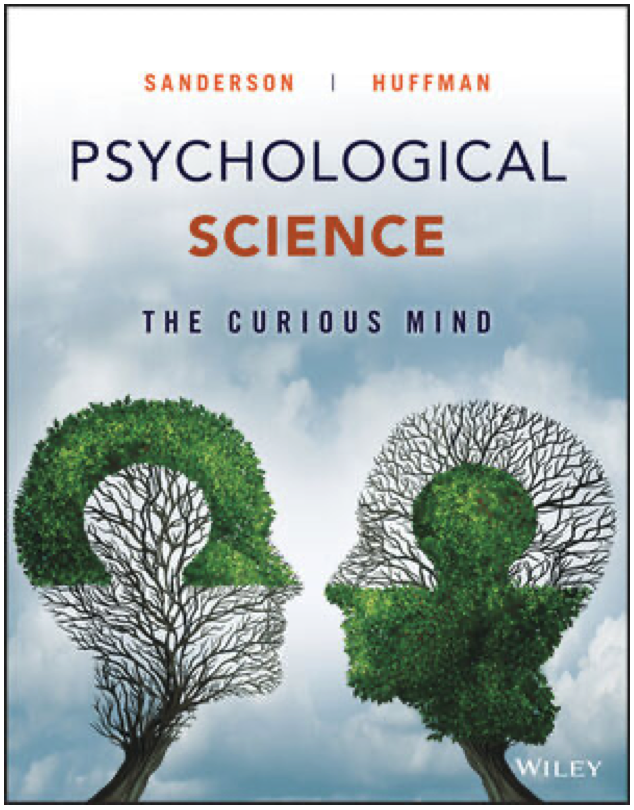
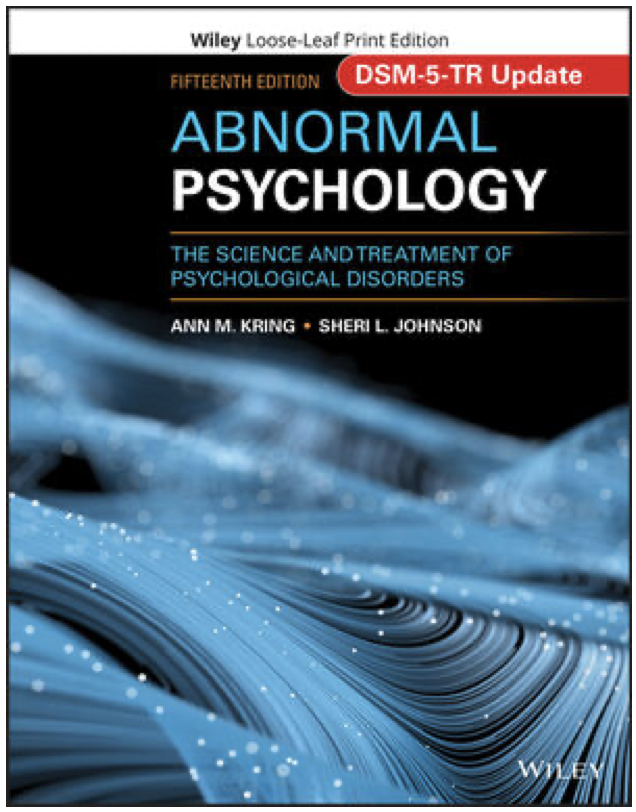
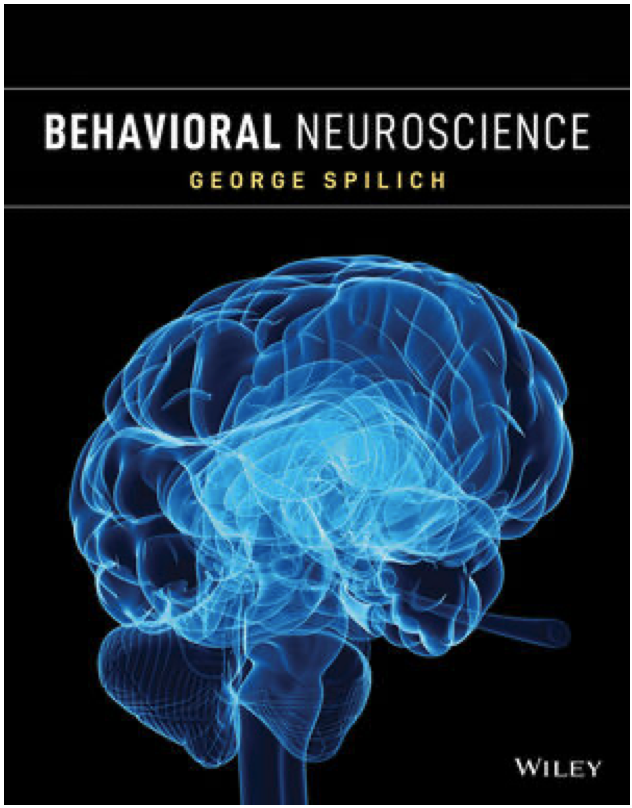
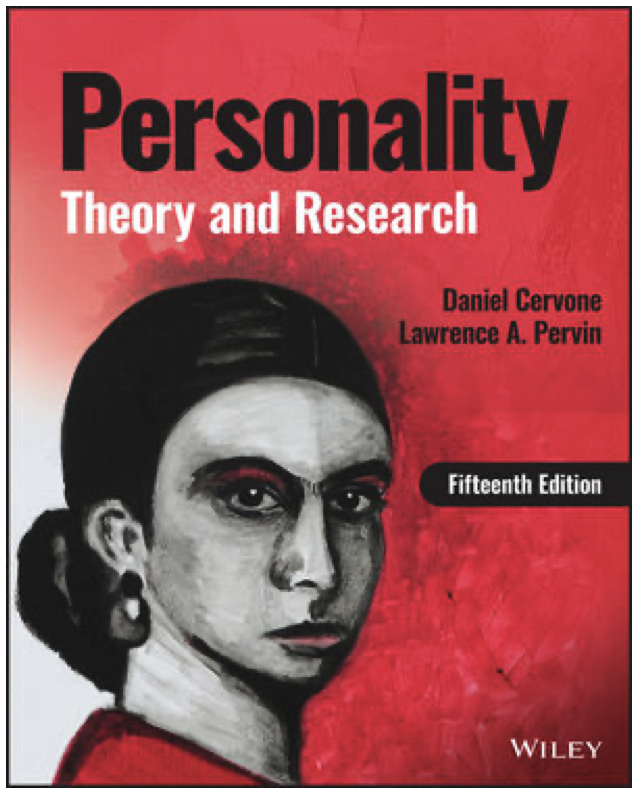
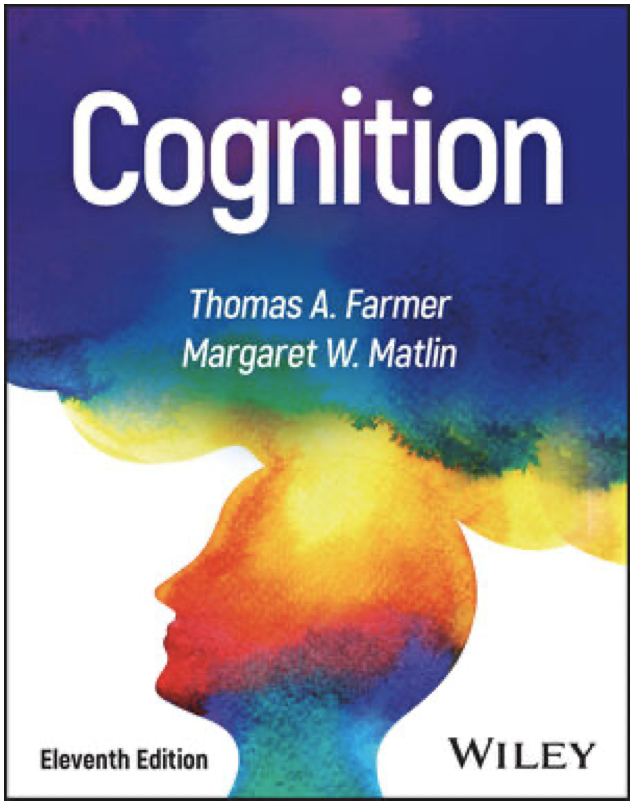
Leave a Reply